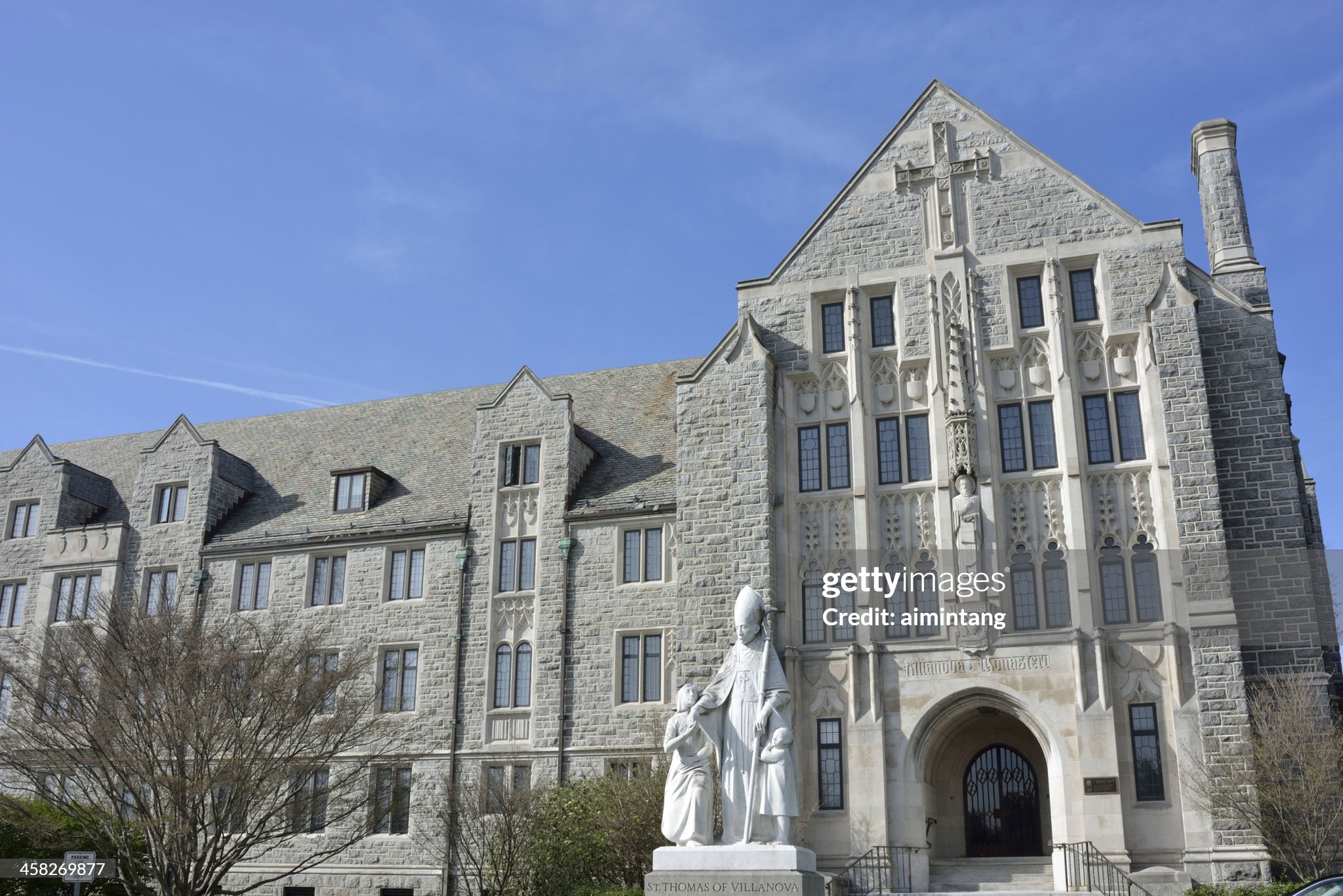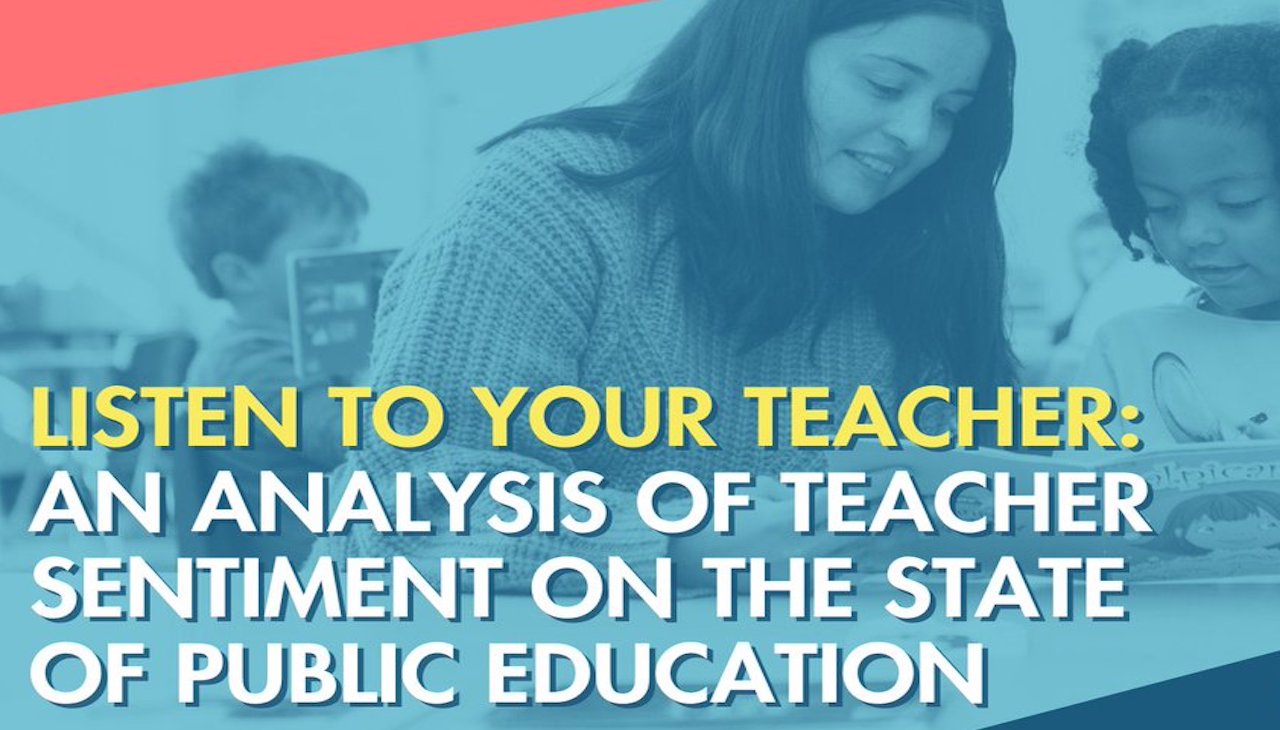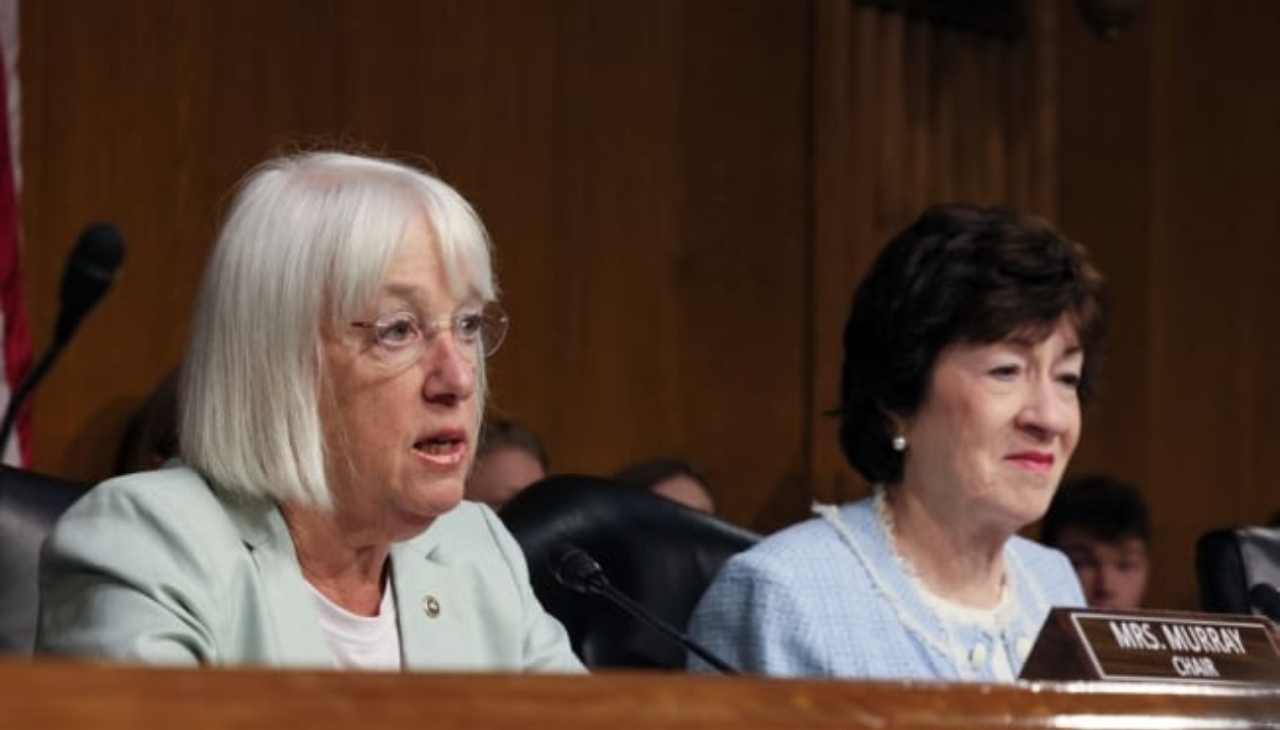
Report shows the impacts of 467 college closures on student outcomes
Between July 2004 and June 2020, 70% of students affected experienced the abrupt closure of their institutions.
The State Higher Education Executive Officers Association (SHEEO) and the National Student Clearinghouse Research Center investigated 467 closed institutions to be able to quantify the impacts of college closure on students’ subsequent postsecondary enrollment and completion. The report stated that, between July 2004 and June 2020, out of 143,000 students impacted; 100,000 experienced their colleges or universities closing without adequate notice or a teach-out plan.
About 47% of students who experienced a closure subsequently reenrolled at a postsecondary institution. From those, about 38% earned a postsecondary credential, and an additional 10% remained enrolled as of February 2022. The almost 53% remaining students left without earning a credential after reenrollment.
Completion gaps by race/ethnicity were exacerbated among abrupt closures, with larger gaps in attainment than among orderly closures, especially for Hispanic and Black students (26.4% vs. 43.0% for Hispanic; 25.3% vs. 39.4% for Black).
“The particularly poor outcomes are especially harmful for minoritized students of color enrolled in the for-profit sector,” said Rob Anderson, President of SHEEO. “These results reinforce calls for improving state authorization processes and strengthening the financial monitoring of institutions to prevent, prepare for, and respond to college closures.”
Reenrollment rates were highest among women, 49%, white students, 62.5%, and traditional college age students — 54% for 18-20, and 46.6% for 21-24.
RELATED CONTENT
The majority of the institutions closed were for-profit colleges.
Students who experienced closure at private nonprofit and for-profit four-year institutions were most likely to reenroll in the same sector. Alternatively, students who experienced closure at a private for-profit two-year institution likely reenrolled at a community college.
To read more about the report, click here.











LEAVE A COMMENT:
Join the discussion! Leave a comment.